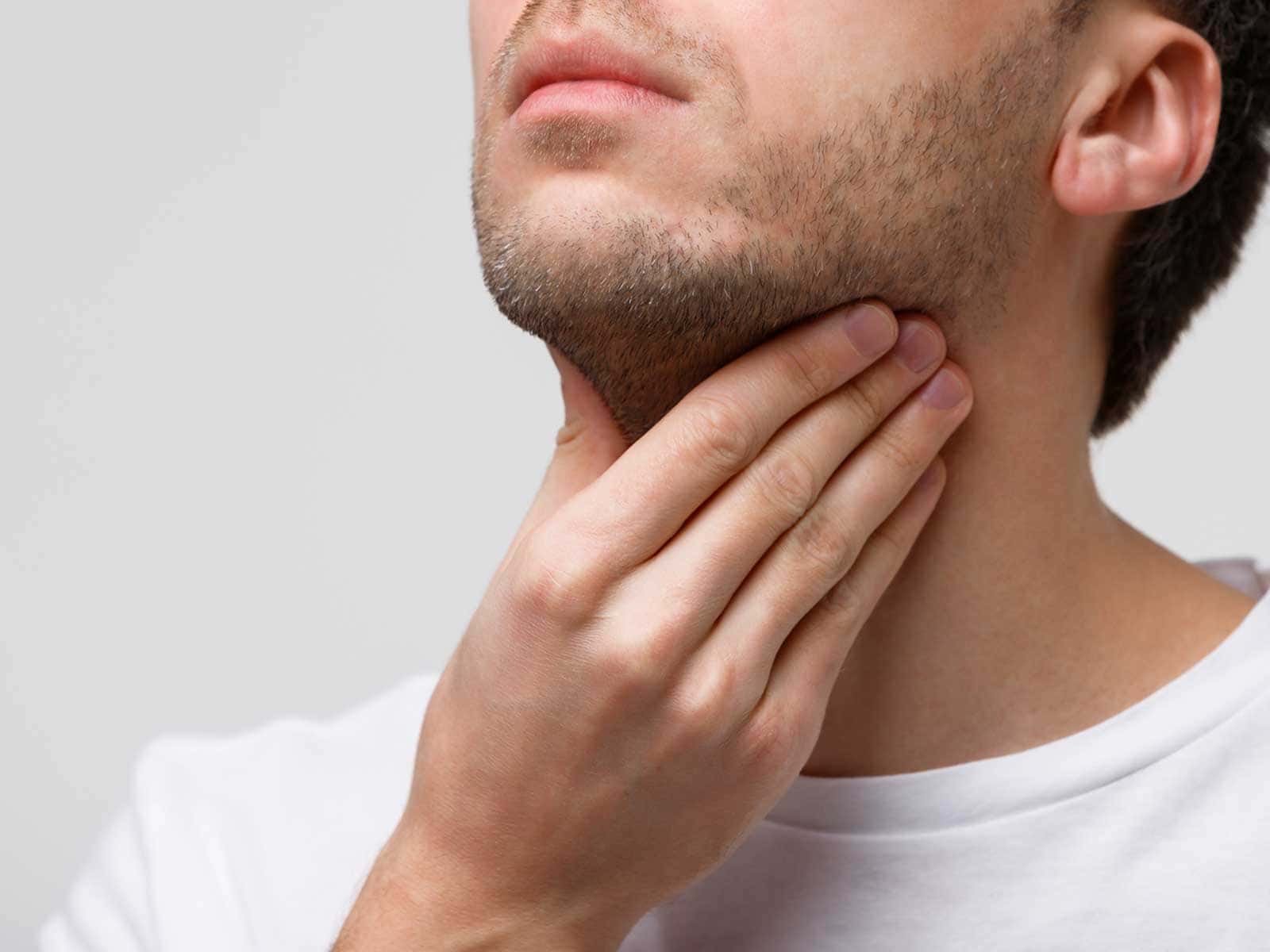
I have a blocked bile duct which is a complication which forms when an opening through which bile secreted by your liver flows into your small intestine is blocked. This hinders the flexibility of the movements of the biles and consequently, the bile will stagnate in the liver and could ultimately lead to irritation, infection or liver damage. (ICD-10 code K83.1)
Obstructed bile ducts may be acute in the manifestations and either manifested quickly or slowly. Look for:
This may obstruct bile ducts because of several reasons:
GastroDoxs, Houston has our gastroenterologists who are board certified and specialize in the diagnosis and treatment of the bile duct obstruction by using the recent ERCP and minimal invasive modalities. We do not only offer personal care plans, but also effective communication and follow-up services to make sure that you save your liver and that a proper flow of bile is maintained. You have just come, to be in charge of your digestives. You have to make your appointment and learn to do it with our proficient staff.
We've successfully treated more than 1.5K patients, helping individuals improve their digestive health and overall well-being through expert, personalized care.
With over 20 years of experience, GastroDoxs has been a trusted provider of gastroenterology care, focusing on delivering the best outcomes for patients
The blockage in the bile duct is a form of obstruction that fails to route the bile into the small bowel immediately after the liver has been called upon at that time begins to accumulate the bile, and gets to irritate and infect the liver.
The most vital indicators are likely to be such signs as jaundice (yellowish eyes or skin), dark urine, pale feces, itch skin, and pain in the upper right abdomen combined with or without nausea and vomiting.
Blockage of the bile duct is 93.1 ICD-10 and this very code is necessary to diagnose and bill the clinician.
This is usually due to blockage of a common biliary duct by stones, biliary system or nearby organs tumours, scarring or strictures on a surgical incision, congenital constrications and parasite infections.
The diagnosis is most commonly performed as blood test to determine liver activity, imaging such as ultrasound, CT scan or MRI, direct observation using naked eye or, Standard ERCP (Endoscopic Retrograde Cholangiopancreatography).
The answer to this is yes because the obstruction of the gallbladder by gallstones is one of the major causes because the gallstones pass the gallbladder and stagnate in the common bile duct thereby obstructing the flow of bile.
There are available therapy interventions involving ERCP to obstruct by surgery, minimal therapeutic surgical insertion (o.i. stents), large-scale surgery (e.g., choledochotomy) in intractable cases, and antibiotics in case of infection.
Obstruction of the bile duct that remains unattended can lead to serious infections (cholangitis), hepatic inflammations, pancreatitis, or sepsis, and in this case, immediate medical treatment is obligatory.
The patients revert to normalcy, as few as weeks to days as per their well being and complexity of blockage need additional procedures.
Jaundice, upper abdominal pain and itching persistently in the upper part of the abdomen, dark urine or light stool are some of the occurrences that one has to seek consultation with a specialist without necessarily taking time to evade some entanglements.